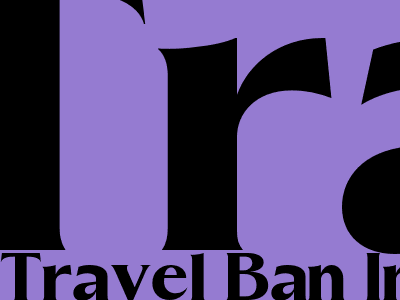
The Ultimate Guide to On-Page SEO for Higher Rankings
Introduction
Search engine optimization (SEO) involves optimizing a website to improve its visibility and ranking in search engine results pages to drive organic traffic. On-page SEO involves optimizing website elements, including content, HTML code, and technical aspects, to enhance the website's relevance and authority for specific keywords.
This comprehensive guide will help you master on-page SEO techniques to improve your website's search rankings and increase organic traffic.
1. Keyword Research: The Foundation of On-Page SEO
Effective keyword research is crucial for optimizing your website's content and targeting relevant search queries. Begin by understanding your target audience's search intent. Identify keywords that reflect the specific topics or information users seek using keyword research tools and Google's Keyword Planner.
Analyze search volume, competition, and relevance to select keywords that align with your business goals and reach your intended audience.
2. Content Creation: High-Quality Content that Resonates
Valuable, informative, and engaging content is the cornerstone of on-page SEO. Create content that addresses users' problems, provides solutions, and offers unique insights.
Incorporate keywords naturally into your content while maintaining readability. Use headings, subheadings, and bullet points to structure your content and enhance scannability.
3. Header Tags (H1, H2, H3): Structuring Your Content
Header tags are essential for structuring your content and conveying its organization to search engines and users.
Use H1 for the main page title, H2 for major sections, and H3 for subtopics. These tags provide a clear hierarchy and context to your content, making it easier for search engines to understand and rank your page.
4. Image Optimization: Enhancing User Experience and Rankings
Optimizing images can improve user experience, page speed, and search rankings. Use descriptive file names, alt tags, and captions to describe image content.
Compress images to reduce file size without compromising quality. Ensure images are mobile-responsive, as Google prioritizes mobile-friendly websites.
5. Internal Linking: Building a Cohesive Website
Strategic use of internal linking helps search engines understand the relationship between pages on your website. Link to relevant pages using descriptive anchor text to guide users and distribute link equity.
A well-structured internal linking structure enhances user navigation and improves overall website rankings.
6. Meta Tags: Providing Essential Information
Meta tags are snippets of HTML code that provide information about your page to search engines.
The title tag is crucial, as it appears in search results. Keep it concise, descriptive, and keyword-rich. The meta description summarizes the page's content and should entice users to click.
7. URL Structure: Creating User-Friendly and SEO-Optimized URLs
A well-structured URL is user-friendly and helps search engines understand the page's content. Use short, descriptive URLs with relevant keywords.
Avoid using parameters or session IDs in URLs, as they can hinder indexability and crawlability.
8. Mobile Optimization: Prioritizing the User Experience
With the increasing use of mobile devices, optimizing your website for mobile is paramount. Ensure your website loads quickly, is easy to navigate, and provides a seamless user experience on all devices.
Use responsive design, optimize images for mobile, and minimize the use of pop-ups or intrusive elements that can hinder the mobile experience.
9. Technical SEO: Ensuring a Strong Foundation
Technical SEO involves optimizing the technical aspects of your website to improve its overall health and performance.
Ensure your website has a valid XML sitemap, robots.txt file, and a secure HTTPS connection. Speed up your website's loading time using caching, image optimization, and minification.
10. Tracking and Analytics: Measuring Your Progress
Tracking your website's performance using analytics tools like Google Analytics is crucial to measure the effectiveness of your SEO efforts.
Monitor metrics like organic traffic, keyword rankings, and user behavior to identify areas for improvement and adjust your strategy accordingly.
Conclusion
Mastering on-page SEO is essential for improving your website's visibility, rankings, and organic traffic. By following the comprehensive strategies outlined in this guide, you can optimize your website's content, technical aspects, and user experience to achieve higher search rankings and drive significant traffic to your website.
Remember, SEO is an ongoing process, and continuous monitoring and adaptation are crucial to maintain your website's competitiveness in search engine results.